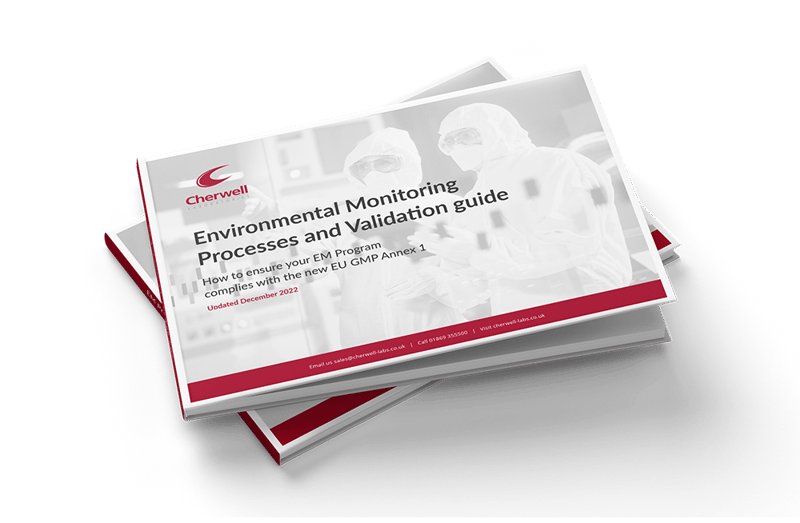Prepared media in the form of agar plates is used in all sorts of industries, from microbiology to beer manufacture, for a variety of applications. Across all industries that use these plates, a common debate endures: is it best to manufacture them in house, or buy in from an external supplier?
At the 24th Annual Pharmig Conference, this debate was high on the agenda for discussion. The results indicate that many of the delegates are choosing to make their own media for reasons of cost, sterility and the short shelf life of specialist culture media.
Some argue that in-house production means on-demand media as and when it is needed, without the cost of buying in bulk or at the risk of running out, and all at a reduced cost. Others insist that external suppliers offer consistent quality product, with the best partners happy to ship small consignments. Crucially, this side also argues that any perceived costs saved by producing in-house are short lived and proven to be false economy.
Which side is right? Is external supply the only way to guarantee consistent quality? Or, with a few tips from the pros, can in-house production become a viable, cost effective part of any business that uses prepared agar plates?
Producing prepared media is a business in itself
The actual production of agar plates is, in itself, not particularly complicated. Ensuring consistent quality of product, however, is critical to all the businesses that rely on using it. Failure to do so can produce false readings that can jeopardise the entire business or, in worst cases, lead to fatalities.
If the prepared media culture is of a substandard quality; has not been stored correctly; has been contaminated or has not been determined as suitable for purpose to start with; any tests conducted using that media will offer unreliable results.
The only way to ensure your media is reliable is to create it using reliable methods. Prepared media manufacture is an industry that is heavily regulated. It is usually expected that suppliers meet ISO standards and that they carry current certificates that show compliance. These regulations are in place to ensure media is manufactured to a high quality and can be trusted in situations that require pinpoint readings for the protection of the public.
The only way to ensure your internally prepared media can compete with expertly prepared product is to learn from the professionals and adopt their best practices as your own.
The key 5 expert tips on producing consistently good quality culture media
1. Ensure the right infrastructure is in place at the start
Setting up the right infrastructure is your first critical step. You need a laboratory environment maintained in an aseptic condition, with processes in place that will ensure you can support the sterility and cleanliness of the laboratory environment at all times. Failure to maintain the highest standards in culture media preparation can impact all the future tests it is used for. This can be costly to set up but without the right infrastructure in place you are placing your entire operation at risk.
2. Never work with substandard ingredients or untrained staff
You cannot create a good quality end product if you start with poor quality ingredients. Assurance that you are always using the highest-quality materials starts with finding a qualified supplier with a qualified supply chain. It is essential that reviews are conducted of the certificates of analysis for every batch of materials on delivery. Your demineralised water supply must also be controlled, monitored and maintained closely. Furthermore, your laboratory staff must be trained in all preparation procedures, and all your cleaning protocols must be validated.
3. Keep your equipment calibrated and sterile
Your extensive list of essential equipment includes dispensers, autoclaves, laminar air flow cabinets and pH meters. All equipment must be calibrated, qualified for its specific usage and have Planned Preventative Maintenance (PPM) in place wherever appropriate. All containers must be sterile and sourced from approved suppliers who meet compliance standards.
The robustness of the packaging is of vital importance too. It must remain intact for the duration of the shelf life so the product remains sterile. All areas where sterile media is produced and stored must be environmentally monitored. Laminar air flow units must have their HEPA and air flow filters regularly checked as a part of your PPM procedures.
4. Make quality control a top priority
You will need a robust quality control regime to ensure optimal media performance. Quality control of the media you produce through sterility, quality materials and validation processes is crucial. Pre-release checks are vital before use and continuous environmental monitoring is needed. If you do not maintain the highest standards within your culture media preparation, you can put all your future testing at risk. Making mistakes with your quality control measures from the outset, can lead to a chain of contamination events that could even lead to fatal consequences. Throughout your production process, testing, monitoring and control checks should occur.
5. Find a strategy that guarantees consistency
The superior quality of the prepared media you manufacture must remain consistent. If not, your testing and the data gleaned from the activities with the culture media cannot be relied upon. This means that your prepared media needs to undergo rigorous testing regularly, as this is the only way to ensure consistently professional quality.
For more information about prepared media manufacturing download our eBook: The Pharmaceutical and Cleanroom Industry’s Pocket Guide to Prepared Media Culture.








